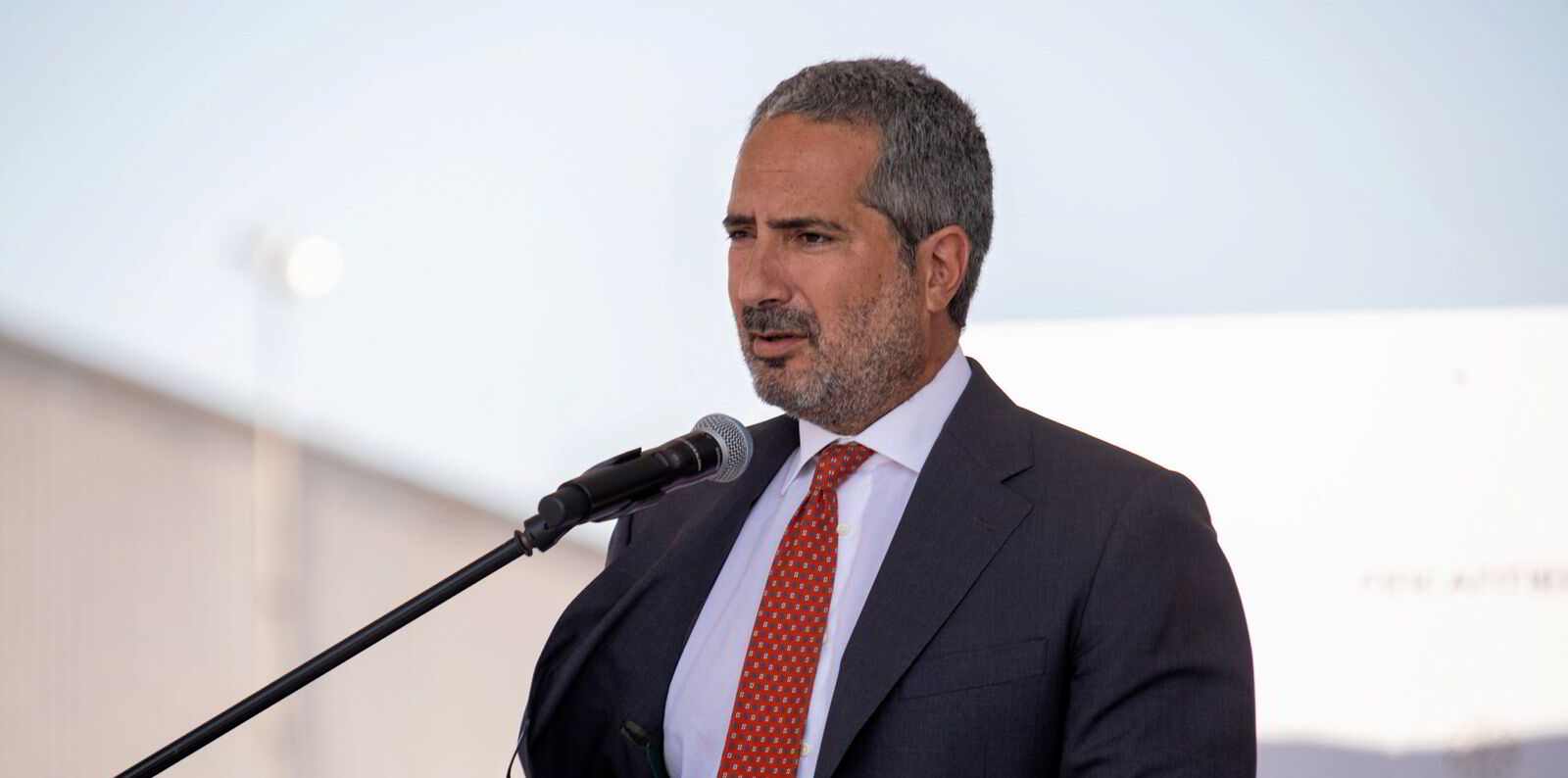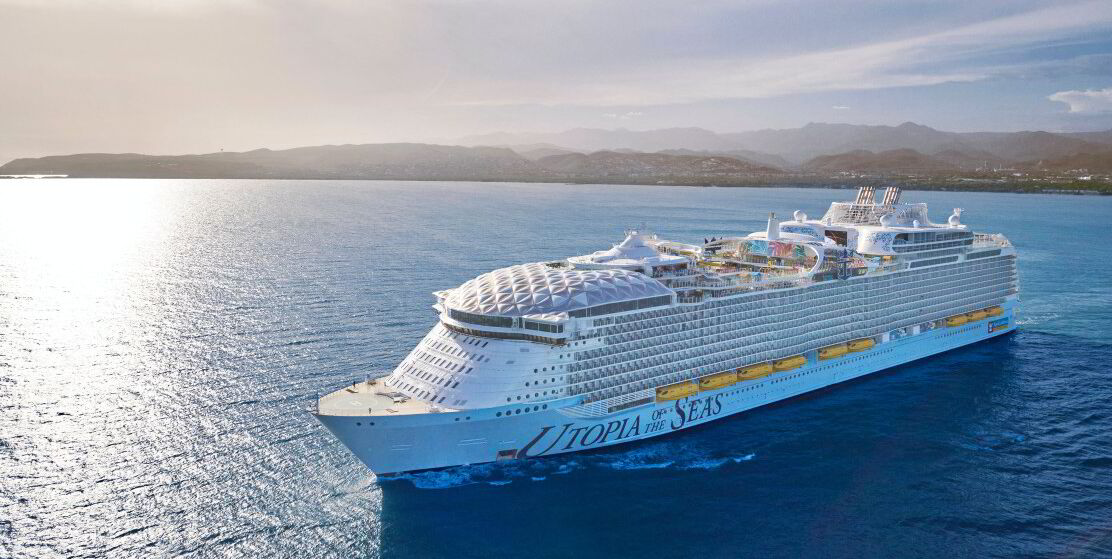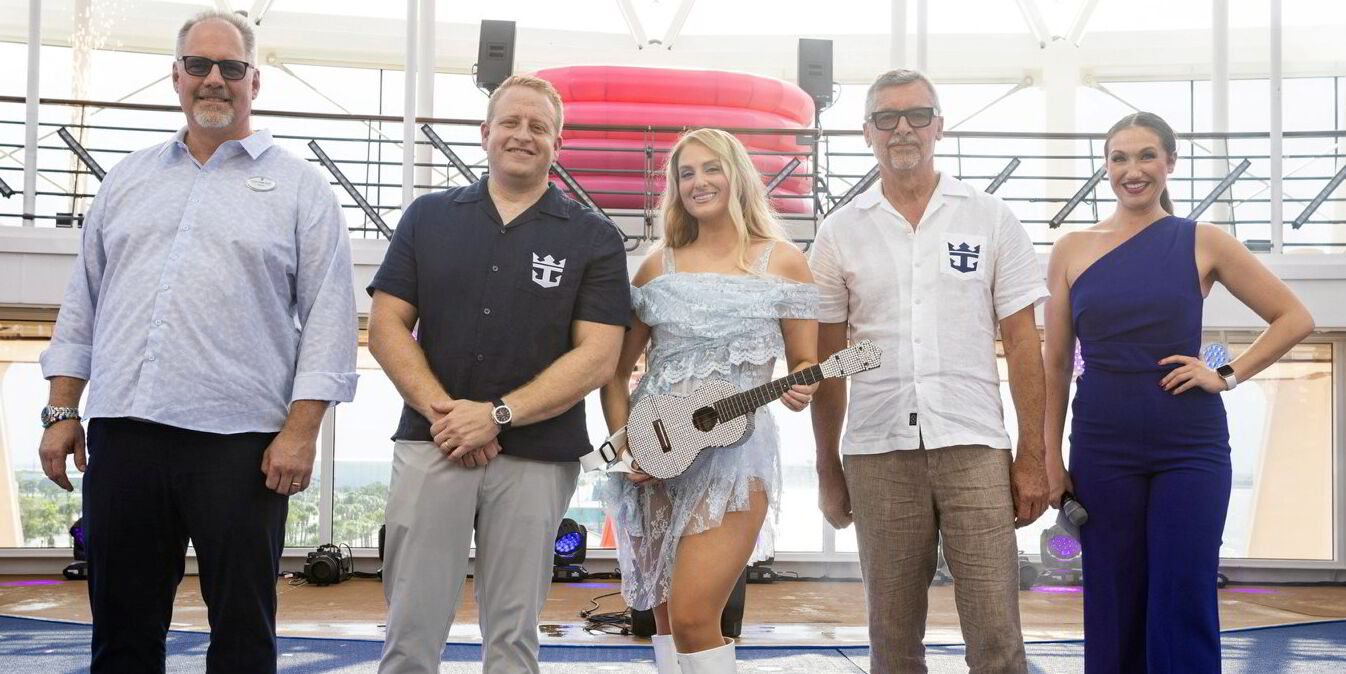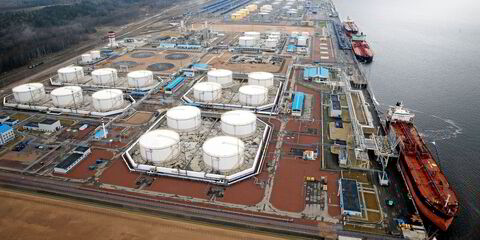Cruise ship newbuilding contracting is at its highest level since before the pandemic, as the big players book vessels deeper into the future.
Seventeen ships have been ordered so far in 2024, which is more than in any other year since 2019, according to the research arm of shipbroking giant Clarksons.
And with five months left in the year, there is room for that number to grow, amid expectations that Miami-based Royal Caribbean Cruises is looking to its next class of ships.
Companies have booked newbuildings as far as 12 years into the future.
Italy’s Fincantieri, a major cruise ship builder that reported a more than threefold growth in orders in the first half, cited cruise as the main reason its yards are full to the brim for years to come.
“The commercial strategy in [the] cruise sector remains highly successful, with the acquisition of major orders for medium and large-capacity cruise ships, and with important commercial agreements, which bring the Group’s total backlog visibility to 2036, ensuring full saturation of shipyards,” the company said in its first-half earnings report.
As TradeWinds has reported, Carnival Corp signed an order with Fincantieri for three giant 230,000-gt cruise ships to be powered by LNG. Those deliveries stretch into 2033.
But it is Norwegian Cruise Line Holdings, which struck deals for up to eight newbuildings in April, that really changed the game, with deliveries reaching into 2036.
‘New page’ in Fincantieri’s history
The New York-listed company ordered six ships for its Regent Seven Seas and Oceania brands, and that will become four vessels when Norwegian finalises a letter of intent for four 200,000-gt titans for its flagship Norwegian Cruise Line brand.
Fincantieri called the ideal a “new page” in its history.
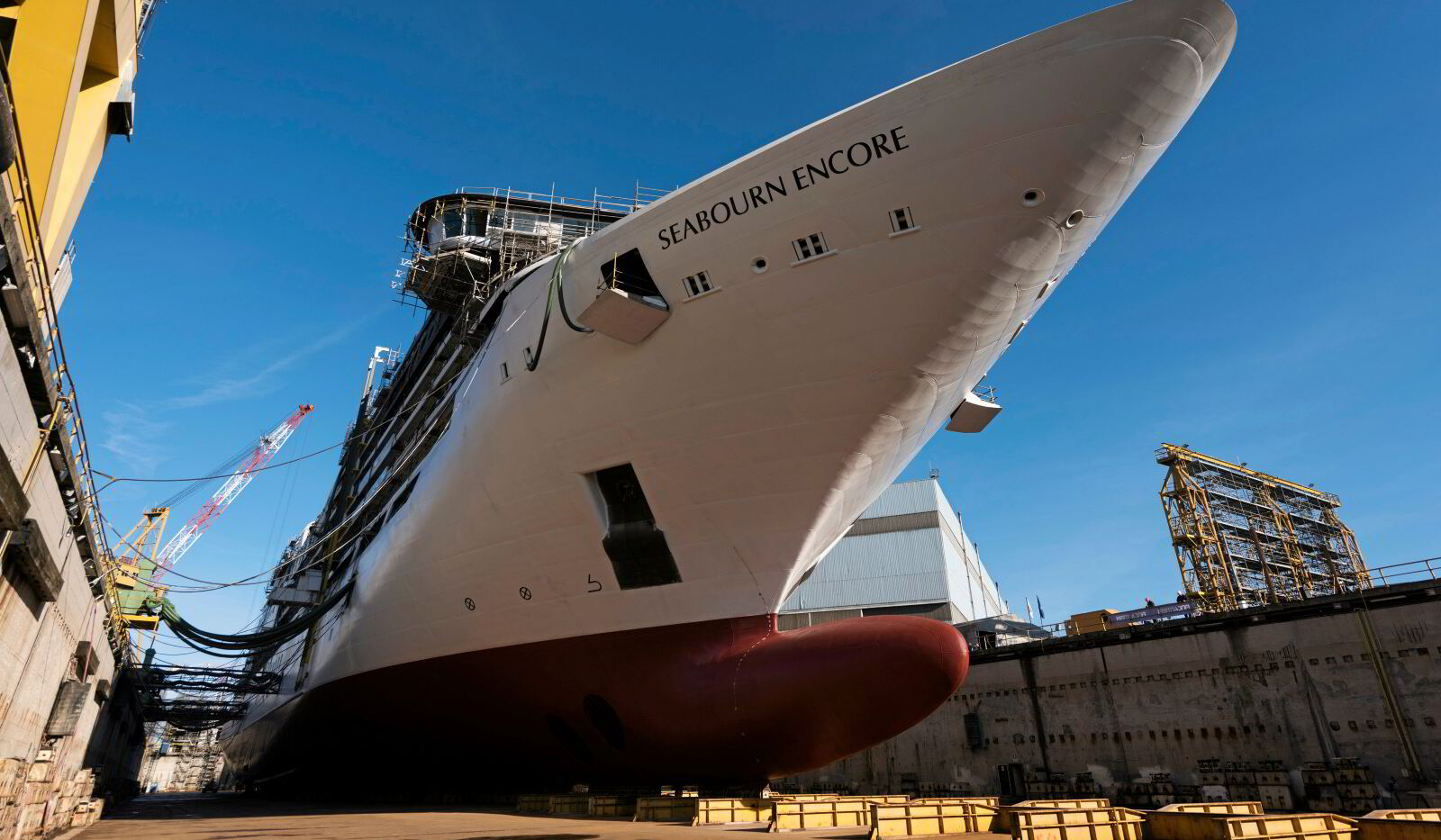
Clarksons Research lists a total cruise orderbook of 69 ships, although it does not yet list any orders beyond 2023.
Analyst Robin Farley, who covers cruise and other leisure stocks for Swiss investment bank UBS, noted in a conference call to discuss Royal Caribbean Group earnings that newbuilding deliveries are further back than before the 2020 pandemic, which shut down the industry.
She had previously told clients that she found the longer delivery schedules surprising, particularly given a scaled-back newbuilding schedule for Carnival Corp, the world’s largest cruise ship owner, and suggested shipyard pricing incentives may be involved.
Unlike the two other members of Miami’s trio of cruise giants, Royal Caribbean has yet to book newbuilding slots in the 2030s.
But chief executive Jason Liberty said it is not just market factors that are leading the industry to look so far down the road.
“In the cruise ship business or in the cruise business, you’re always thinking longer term, you’re not just thinking longer term in terms of growth and orders, but also your environmental footprint and what we can be doing to further reduce our emissions and the fuel that we burn,” he told Farley.
The analyst noted that there is “unofficial talk” that Royal Caribbean is considering a new ship class that is not as large as its latest two rounds of newbuildings, so that the vessels can call at ports that cannot handle the titans that are so popular today.
Royal Caribbean has been basking in the buzz— and the higher pricing that it brings — of its latest series of giant newbuildings that began with the 5,610-berth Icon of the Seas (built 2023), which was a record-breaker at 249,000 gt.
But Liberty pointed out that that ship was seven years in the making.
“We’re always designing the next classes of ships really for all of our brands,” he said.
“We specifically pick segments, and brands in those segments, and deployments and experiences that we believe have a very long runway to generate demand globally, as each of our brands are globally sourced businesses.”
He also noted that the company has vessels that are nearing retirement age.
“The ships that you’re referring to — that we’re looking potentially at smaller ships — will probably replace some of those older ships.”
Read more
- Fincantieri rakes in orders worth over $8bn as demand for new cruise ships surges
- Wavelength Podcast: Dark fleet tanker fears, cruise investors spoil the party and behind the scenes at Ardmore
- Royal Caribbean loses $3bn in market value despite rosy earnings report
- ‘We are just getting started’: Royal Caribbean dividend return marks major post-pandemic milestone
- Earnings preview: Royal Caribbean teed up to top profit guidance as cruise continues to roar
